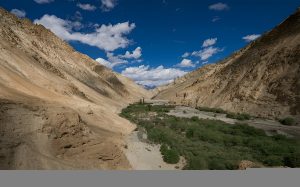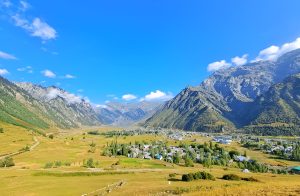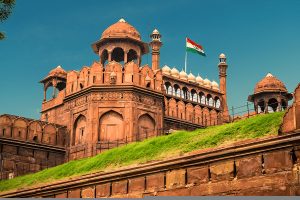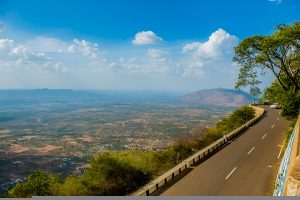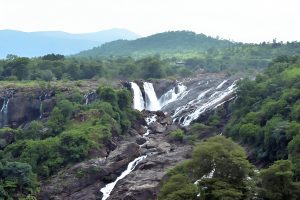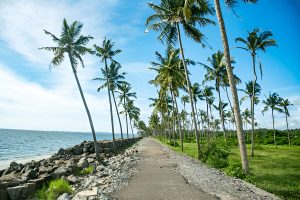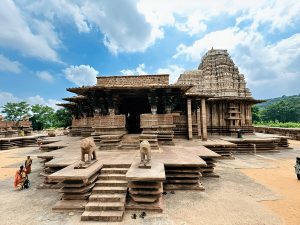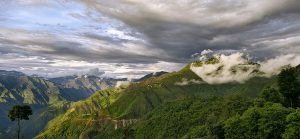Some trips are about sightseeing, and some are about testing your limits in nature’s extremes. Our three-day adventure to Gogaldara, Breng Valley, and Dras in the second week of February was exactly that—a mix of breathtaking landscapes, freezing temperatures, and unforgettable memories with my two sisters.
What To Pack
Since we were traveling in peak winter, preparation was everything. With temperatures dropping to -18°C in Dras, we packed carefully:
✔ Base Layer: Thermal innerwear (top & bottom) to trap body heat
✔ Middle Layer: Fleece or wool sweaters for insulation
✔ Outer Layer: Heavy-duty insulated jackets to block out the wind
✔ Accessories: Waterproof gloves, woolen socks, snow boots, balaclavas, and sunglasses (for snow glare)
With our gear ready and excitement at its peak, we set off into the cold wilderness of Kashmir.
Day 1: Srinagar to Gogaldara – Chasing Water Springs in the Snow
Journey & Weather
We landed in Srinagar early morning, grabbed a quick breakfast of Kehwa (Kashmiri saffron tea) and Girda (local bread), and hired a private cab to Gogaldara (50 km, about 2 hours drive). The drive was smooth until we entered the higher altitude zones, where frozen patches on the road made the ride bumpy. The temperature was around -2°C, but we were layered up so felt better.
Stay & Local Life
There are no hotels in Gogaldara, so we booked a homestay (₹1,500 per night per room). The hosts were incredibly warm, offering us Nun Chai (salty tea) as we huddled around a Bukhari (wood stove) to bear the cold.
What’s Special About Gogaldara?
The natural water springs remain active even in freezing temperatures.
Some springs are hot, releasing steam into the icy air, while others are shockingly cold.
The locals believe the water has healing properties, and we even saw some people bottling it to take home.
The area is secluded, with nothing but snow-covered land, small wooden huts, and the occasional chirping of winter birds.
We spent hours exploring the springs, dipping our hands in the hot and cold waters, and capturing the contrast of steaming water against the snowy backdrop. We took some great pictures and spent time shooting some reels. As evening set in, the temperature dropped to -6°C, so we stayed indoors, listening to local stories from our host.
Day 2: Gogaldara to Breng Valley – The Silent Beauty
Journey & Climate
After a hot breakfast of roti and homemade butter, we left Gogaldara early morning for Breng Valley (90 km, about 3 hours drive). The drive was mesmerizing, with snow-laden trees lining the roads and occasional mountain streams frozen solid. By the time we reached, the temperature was around -4°C.
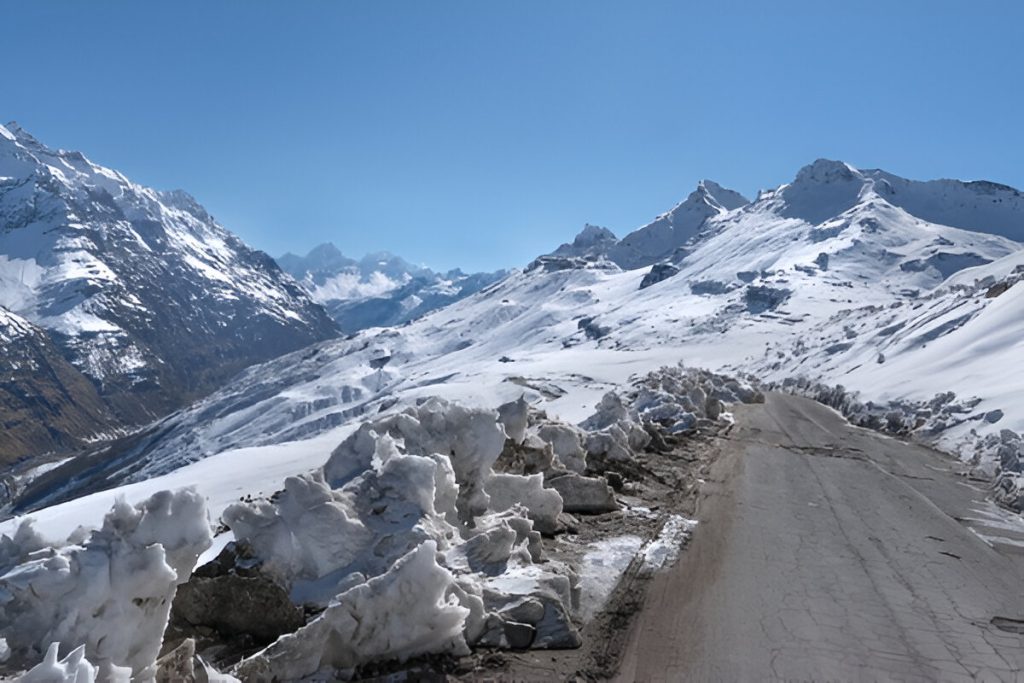
Stay in Breng Valley
Breng Valley is far from commercialization, so we stayed in another homestay (₹1,800 per night per room). The house had thick wooden walls for insulation, and a Bukhari in the center of the room kept us warm.
What’s Unique About Breng Valley?
Absolute silence—no city noise, no traffic, just the sound of nature.
A frozen stream that ran through the valley, glittering under the winter sun.
Scattered shepherd huts, mostly abandoned in winter.
We took a short trek to a frozen lake, where the snow crunched beneath our boots, and our breath turned into mist in the freezing air. It felt like we had the whole valley to ourselves, making it the most peaceful stop of our trip.
As night fell, a thick fog rolled in, and temperatures dropped to -7°C, so we wrapped ourselves in multiple blankets and enjoyed a simple Kashmiri dinner before sleeping early.
Day 3: Breng Valley to Dras – Experiencing the Coldest Town in India
Journey & Extreme Weather
This was the longest drive of our trip—Breng Valley to Dras (130 km, about 4-5 hours drive). We passed through Sonamarg and Zoji La Pass, both completely blanketed in snow. The roads were challenging, and at times, our driver had to navigate through ice patches carefully.
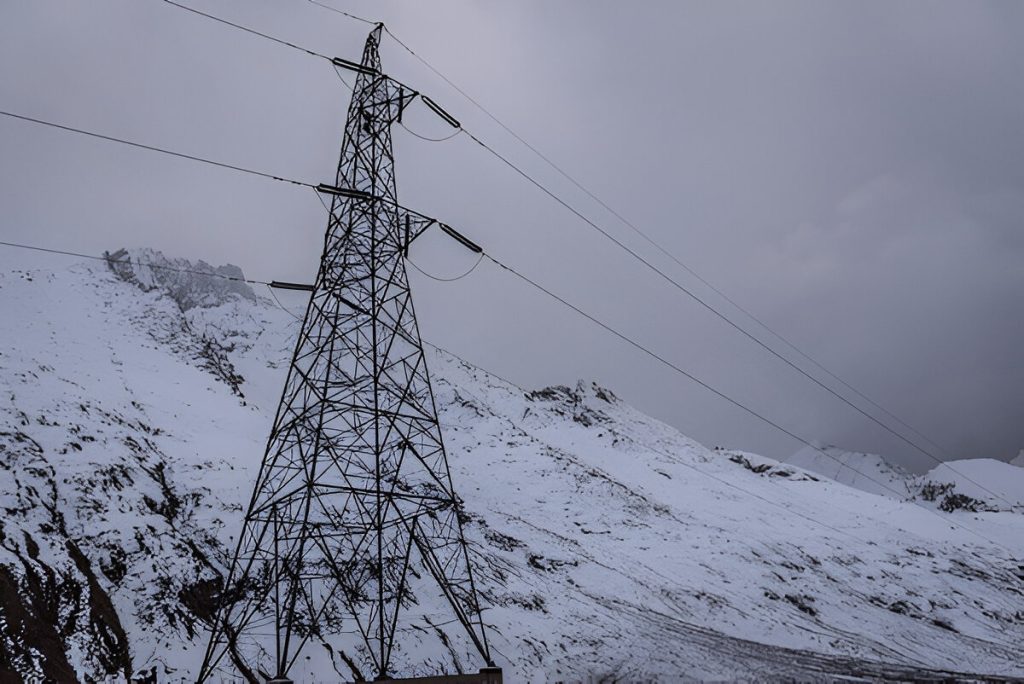
By the time we reached Dras, the temperature was -12°C in the afternoon, and by evening, it was expected to drop below -18°C. The cold was sharp, cutting through every layer of clothing.
Stay in Dras
Dras has only a few small guesthouses (₹2,000 per night per room), mostly catering to army personnel and travelers on their way to Kargil or Leh. Power cuts were frequent, so we relied on candles and extra blankets to keep us warm.
What Makes Dras Exciting?
It’s the second coldest inhabited place on Earth (after Oymyakon, Russia).
The Kargil War Memorial, which stands as a tribute to the soldiers who fought in the 1999 war.
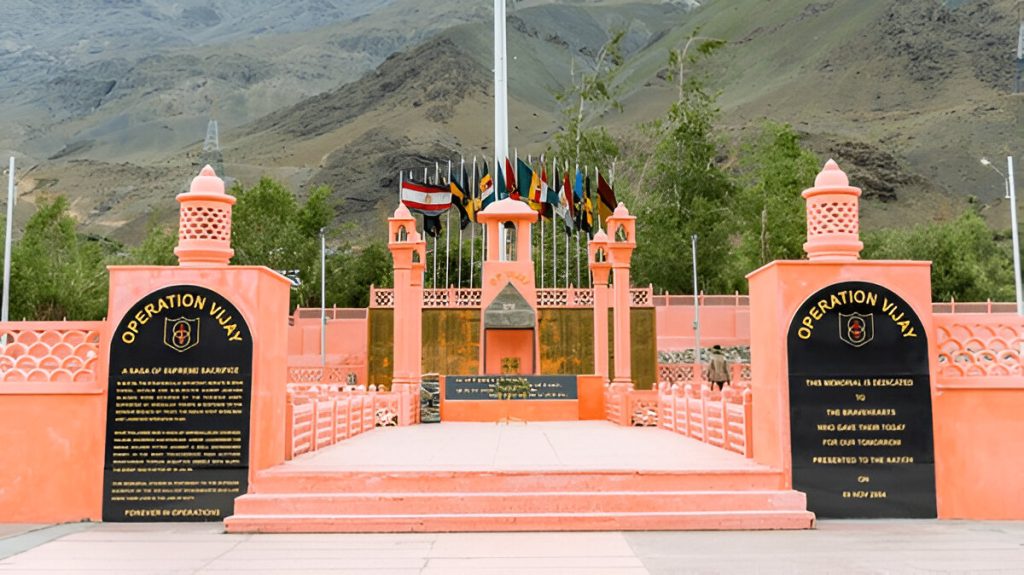
Views of Tiger Hill and Tololing Range, both sites of major battles during the Kargil War.
Visiting the war memorial was the most emotional part of our trip. Seeing the names of soldiers who gave their lives in the war, standing in the bitter cold, we felt a deep respect for those who survive in these extreme conditions.
Final Night & Return to Srinagar
By evening, the winds picked up, and the temperature dropped to -18°C. We stayed indoors, wrapped in layers, and woke up early the next morning to start our 6-hour journey back to Srinagar (160 km).
Challenges We Faced
- Extreme Cold: Dras at -18°C was brutal, and even with layers, our faces and hands felt frozen.
- Limited Accommodation: Only basic homestays and small guesthouses—no fancy hotels.
- Rough Roads: Snow-covered roads made the journey slow, and we had to drive carefully.
Best Parts of the Trip
✔ Gogaldara’s water springs—hot and cold, side by side, in the snow.
✔ The untouched silence of Breng Valley—a place where time slows down.
✔ Dras’s war memorial, which left us with awe and gratitude.
Would We Recommend This Trip?
Yes, but only if you’re ready for the extreme cold. This is not a trip for luxury travelers—it’s for those who love raw nature, history, and the thrill of winter adventure.
For us, this sibling trip was unforgettable, not just for the places we visited, but for the bond we strengthened through shared challenges and experiences.




